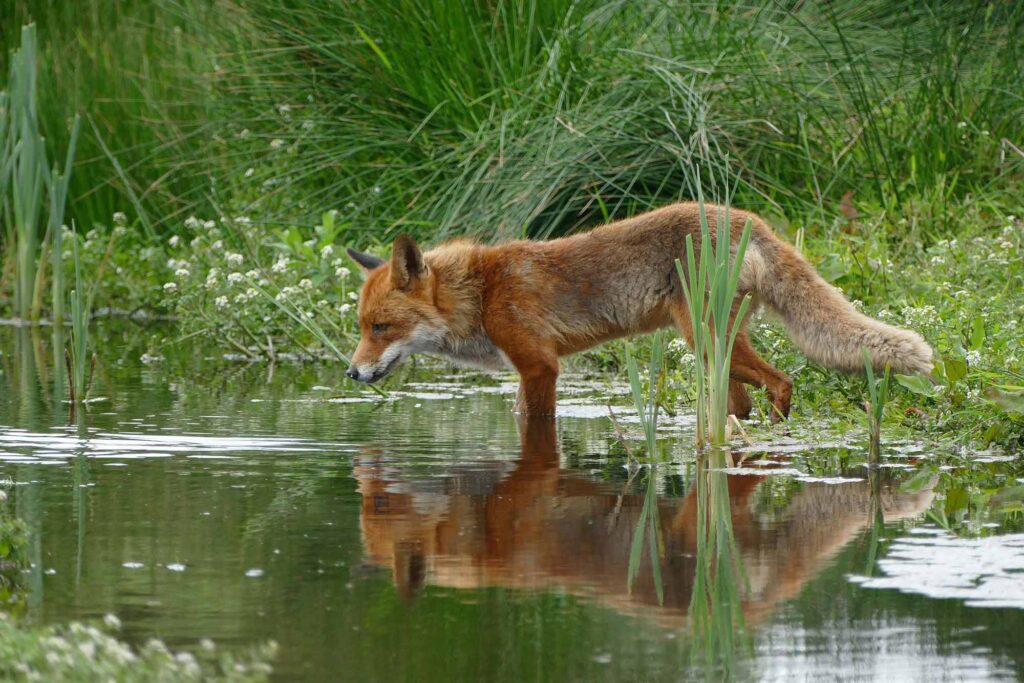Did you find an animal?
Prevention
This is meant to be a helpful list of preventative measures to incorporate around your property. Please review the supplied information below and contact the appropriate facility to manage the animal.
Permitted RehabilitatorsWhat to do with the animal
What not to do with the animal
Rehabilitators & Facilities
Please review this list to find the closest facility and what animals they accept.


